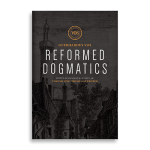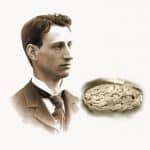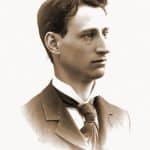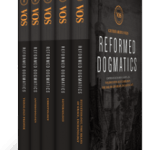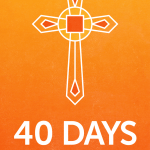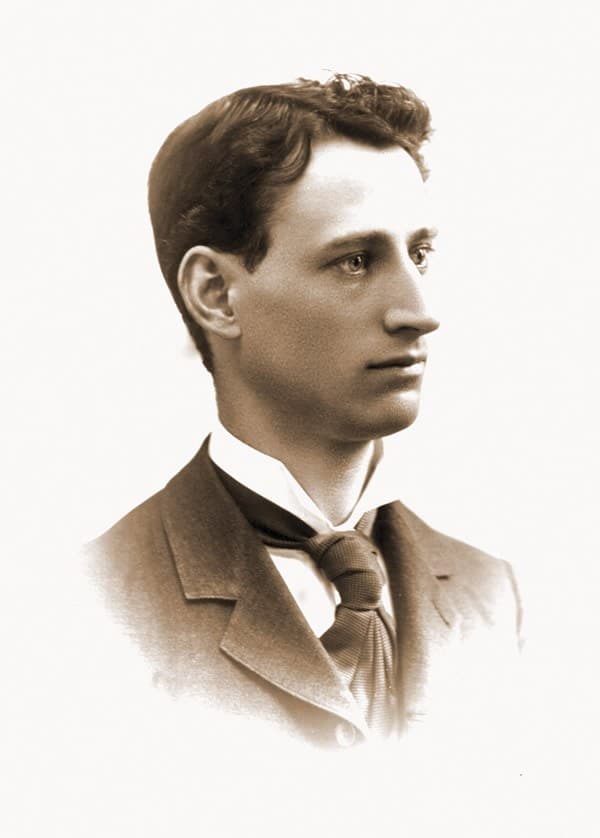
The distinction between priest and sacrifice is not original. What man must bring to God is his own life, and of course he can only do that in his own person, so priest and sacrifice truly coincide. In a state of rectitude, it can only be a question of a priesthood in which everyone devotes himself as a living sacrifice of gratitude to God, at best of a representative priesthood of the progenitor of a family. This is not altered by sin as far as the actual priesthood of the Mediator is concerned. The Surety, the Priest, must dedicate Himself to God as an atoning and covenantal sacrifice. It is otherwise with the priesthood that was instituted as a type to prefigure and presage the real priesthood. Here priest and sacrifice had to be separated for the following reasons:
- A sacrifice consisting of an animal (or a lifeless object) cannot bring itself. Thus, along with what is brought there has to be someone who brings it, since otherwise the element would be lost in which the offering is a willing sacrifice of life.
- However, one could ask, Why does the guilty Israelite himself not bring his sacrifice? In a certain sense, as we have seen, he does in fact do so when he slaughters it, and in doing so acknowledges that he has forfeited his life. He, however, is the guilty one and therefore not fit to bring his sacrifice. To begin with, he is precisely the person who has to be covered by the sacrificial blood or the life of the animal. If, then, he were to come with that sacrificial blood into the presence of God in his own person, then that would involve a contradiction. Furthermore, the sacrifice must be brought not only willingly but also in a state of purity. For these reasons, a priest is necessary. The priest is holy and set apart from out of the Levites. In his life as a whole, he had to conduct himself in such a manner that in him is seen a symbol of the purity that the sacrificer must possess. And when he appears before God with the blood, only then does he effect the covering or atonement by which it becomes possible for the guilty person to draw near as well.
- A true sacrifice must be efficacious?that is, the ideal priest, who at the same time is a sacrifice, must also apply the effects of his service. He must do more than sacrifice?not only appear before God but also bring before God. Thus being a priest has a wider scope than being a sacrifice, although they in fact coincide in one person. Now it goes without saying that for this latter part of the priest?s task?the bringing before God, the application of the priestly reconciliation?the sacrifice could not serve to symbolize. For this typological sacrifice loses its life and thereby becomes unsuitable for further representing something. It is otherwise with Christ. In Him was the eternal Spirit; His being a priest was not undone or made impossible by His being a sacrifice. In Him, therefore, what was separated in the ceremonial ministry of the Old Testament is returned to its natural unity.
From all this it appears that we should not be surprised by the union in the Mediator of being sacrifice and being priest. This only appears as strange because we have accustomed ourselves to reason from the usual Jewish or from pagan priesthood, in which priest and sacrifice are separate. This separation, however, is a defect necessitated by human weakness. The ideal union appears in Christ. Even with the separation, the ministry of shadows was not yet able to depict everything faithfully. Even a high priest, no matter how ceremonially clean, remains a morally guilty person, so that he had to make atonement for himself on the Day of Atonement. But all these defects and inner contradictions are not present in his antitype. No matter how inadequate and impossible the shadow may have been, when the body came nothing was seen but perfect harmony.
* * *
Adapted from Geerhardus Vos? Reformed Dogmatics: Christology. In honor of Vos? birthday, Reformed Dogmatics is currently on sale for more than 20% off!
